AN ADDITIONAL SET OF POSTCARDS OF OLD LONDON
BY
DAVE HILL
FLOURS LUV’LY FLOURS
When I was a child the sounds of a flower seller could be heard weekly during the introduction of the BBC Radio Programme, In Town Tonight. She could just be heard amidst the sound of London’s traffic calling to passers-by to buy some violets, luv’ly vi-lets.
STOP! Once more we stop the mighty roar of London’s traffic …
The theme of the BBC Radio Programme, In Town Tonight, was written by Eric Coates and called Knightsbridge March
At this time, those living in London, like me, were still able to see women selling flowers from the whicker baskets that they carried in various parts of the West End. Some were sat in front of impressive buildings that were adorned with lights and beautiful statues; others sat on the steps at the foot of fountains or monuments; while others walked through the streets or waited outside the more notable and exclusive restaurants from the light of day until dusk.
During the Edwardian and Victorian era, gentle ladies would be offered a nosegay or posie to adorn their elegant evening ware by the gentlemen accompanying them to dine or to the theatre. I am sure that such small bouquets provided an entrée into the good graces of a well brought up young lady and, it may well be hoped, pave the way to a receptive heart where a spark might be ignited and a flame produced, which could then be fanned into a permanent relationship. Of course, such a gesture might also be used to flatter and woo a woman of a more dubious reputation by reminding her of days gone by. No doubt some husbands also bought them for wives for a multitude of reasons best known to themselves.
Flower sellers could be of a variety of ages. However they have been mostly portrayed in plays and films as older and slightly overweight women with poorly kept hair hurriedly pushed under a hat and dressed in a long skirt and wrapped in a shawl. This is how I remember those that I used to see. I saw them in a very romantic way and assumed that they were all kindly ladies with good hearts and with constant smiles on their faces. To be honest, my ideal flower seller would be someone akin to the old lady shown sitting on the steps of a stylised St. Paul’s Cathedral asking people to feed the birds, as sung in Mary Poppins. Yes, I know that this old lady was selling seed and not flowers, but nonetheless, she was everything I would wish a flower seller to be.
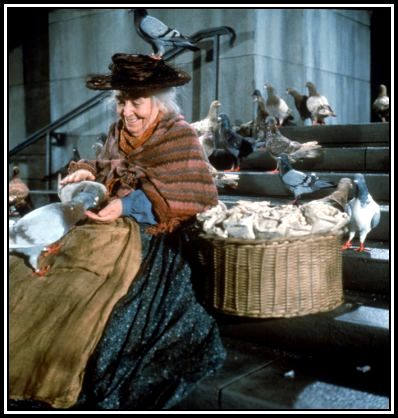 Feed the Birds, tuppence a bag
Feed the Birds, tuppence a bag
Obviously my ideal flower seller is a romantised view and a total misconception of the occupation. Flower sellers must have had difficult lives and most likely found it hard to make ends meet. They had to go to the Covent Garden Market very early each morning to purchase flowers and then roam the streets or settle at their pitches in the hope of selling them and eking out their meager living. Regardless of the weather, these women had to brave the elements in the hope of making a sale.
The Lament of the Flower Seller ……. Wouldn’t it be luverly?
-oOo-
Pygmalion (Greek: Πυγμαλίων, gen.: Πυγμαλίωνος) is a legendary figure of Cyprus who was a sculptor and who fell in love with one of his curved statues. The writer, George Bernard Shaw (1856-1950) adapted the myth of Pygmalion into a play, which has, in various forms, has entertained the public all across the world ever since.
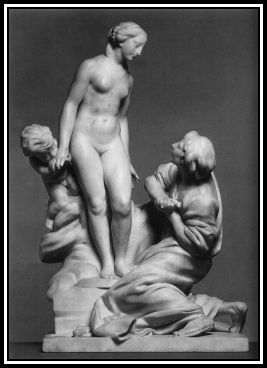 Pygmalion et Galatée by Étienne Maurice Falconet (1716-1791)
Pygmalion et Galatée by Étienne Maurice Falconet (1716-1791)
In his play, entitled Pygmalion, Mr. Shaw re-invented the mythical sculptor as a Professor of Phonetics, Henry Higgins. Upon hearing a Cockney flower seller speak, Professor Higgins is intrigued by her manner of speech. Later in the play, the flower seller, Miss Eliza Doolittle, visits his home seeking lessons in speakin’ propa. After some thought and discussion, he agrees to do this and states that he will not only teach her to speak good English, but also pass her off as a Duchess at an Embassy Ball given by the Ambassador in ninety days!
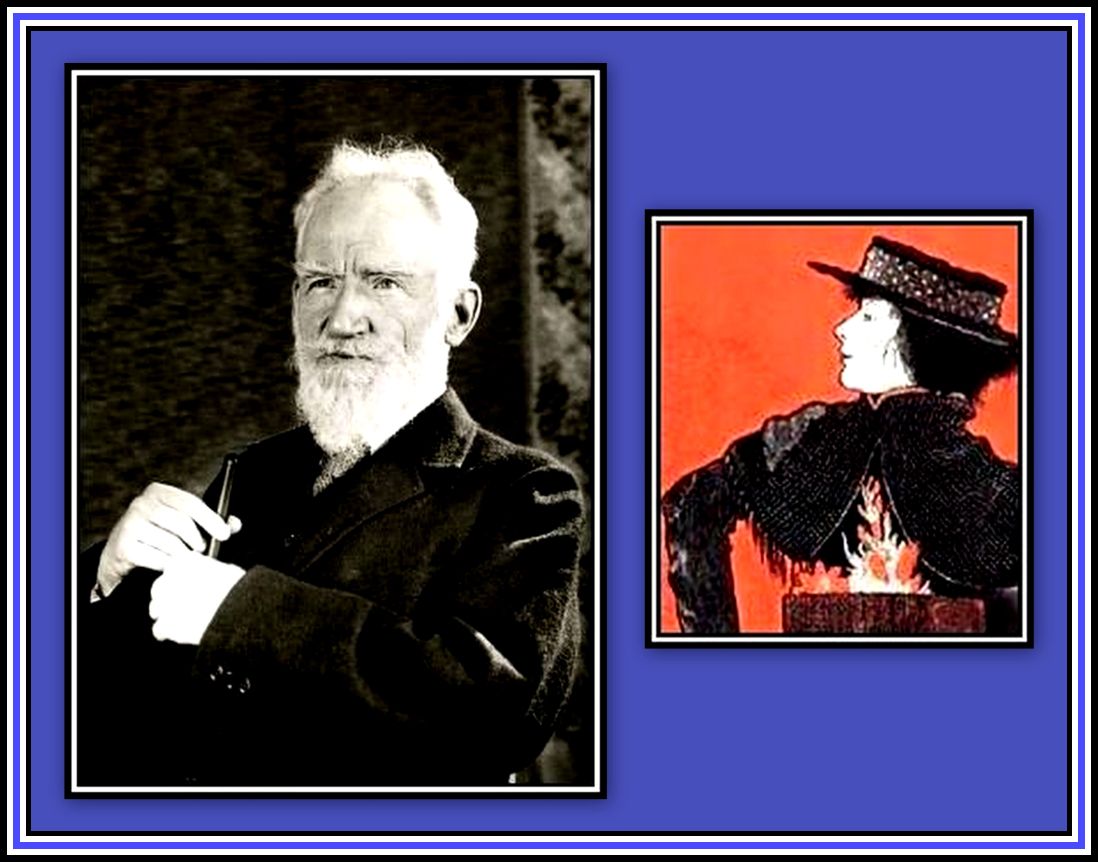 Left: George Bernard Shaw; Right: Mrs. Patrick Campbell, the first Miss Eliza Doolittle
Left: George Bernard Shaw; Right: Mrs. Patrick Campbell, the first Miss Eliza Doolittle
Miss Doolittle passed into the public consciousness in 1913 when the play was first presented to the public with the actress, Mrs. Patrick Campbell (1865-1940) playing the flower seller with Herbert Beerbohm Tree (1852-1917), as Professor Higgins.
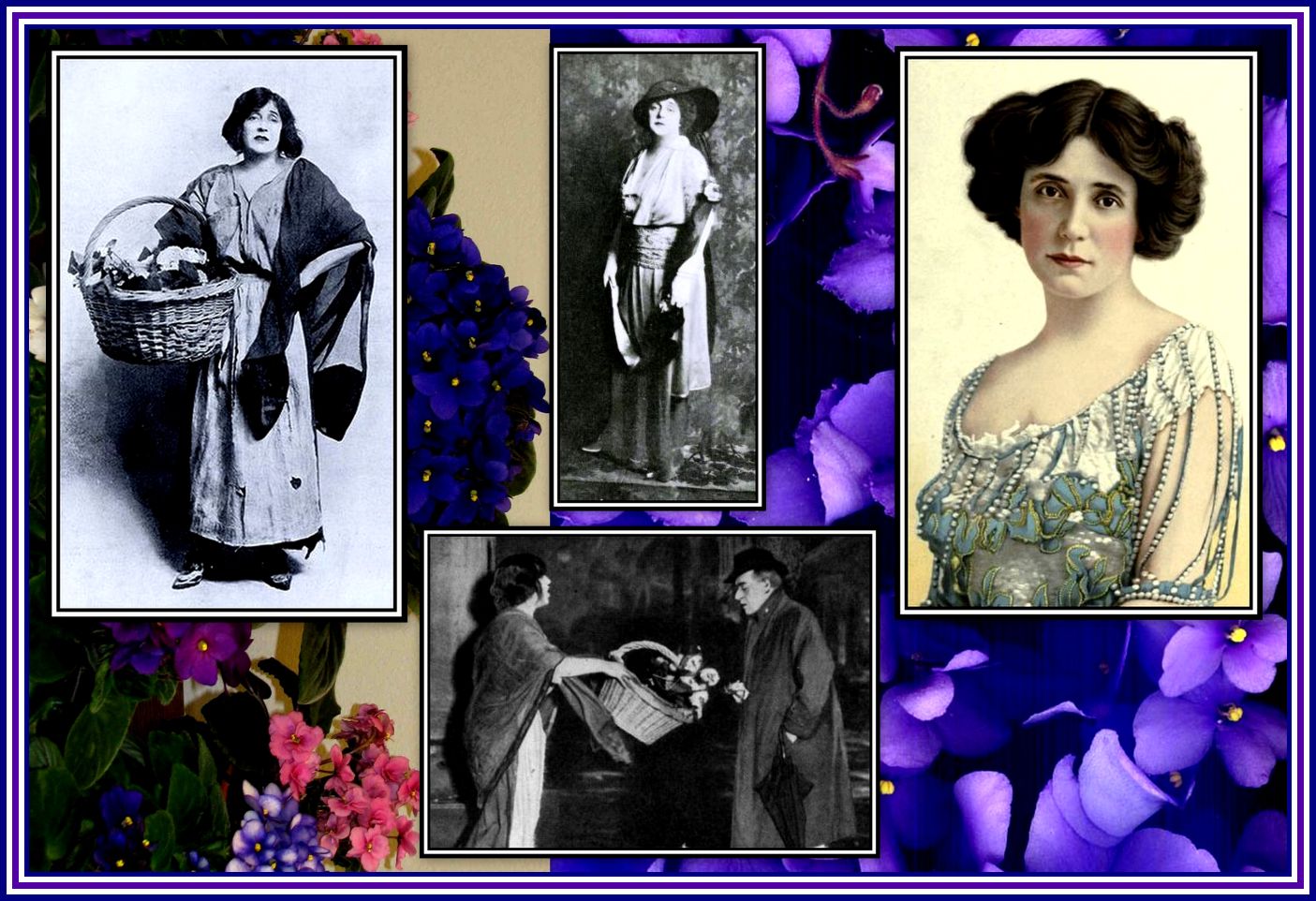 Mrs. Patrick Campbell as Miss Doolittle and Mr. Herbert Beerbohm Tree as Professor Higgins
Mrs. Patrick Campbell as Miss Doolittle and Mr. Herbert Beerbohm Tree as Professor Higgins
Miss Doolittle is first seen in Act One of the play together with the theatre crowd, as they shelter from a sudden burst of rain between the columns of the Portico of Inigo Jones’ St. Paul’s Church in Covent Garden and wait for a Hansom Cab or Hackney Carriage to arrive While they huddle together, a wet and bedraggled flower seller, Miss Doolittle, invites them to buy a flaah!
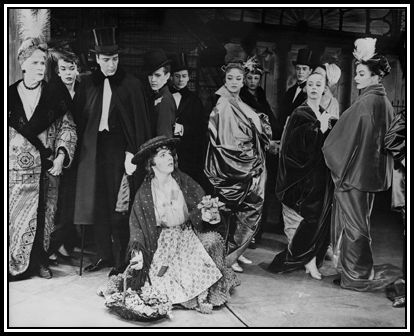 Miss Eliza Doolittle was introduced to the public in Act One of the play, Pygmalion
Miss Eliza Doolittle was introduced to the public in Act One of the play, Pygmalion
-oOo-
Miss Doolittle’s fame has grown since her introduction in 1913, as a result of the play’s filming (1938) and from the later reincarnation as a musical, My Fair Lady (1956) and its subsequent filming (1964).
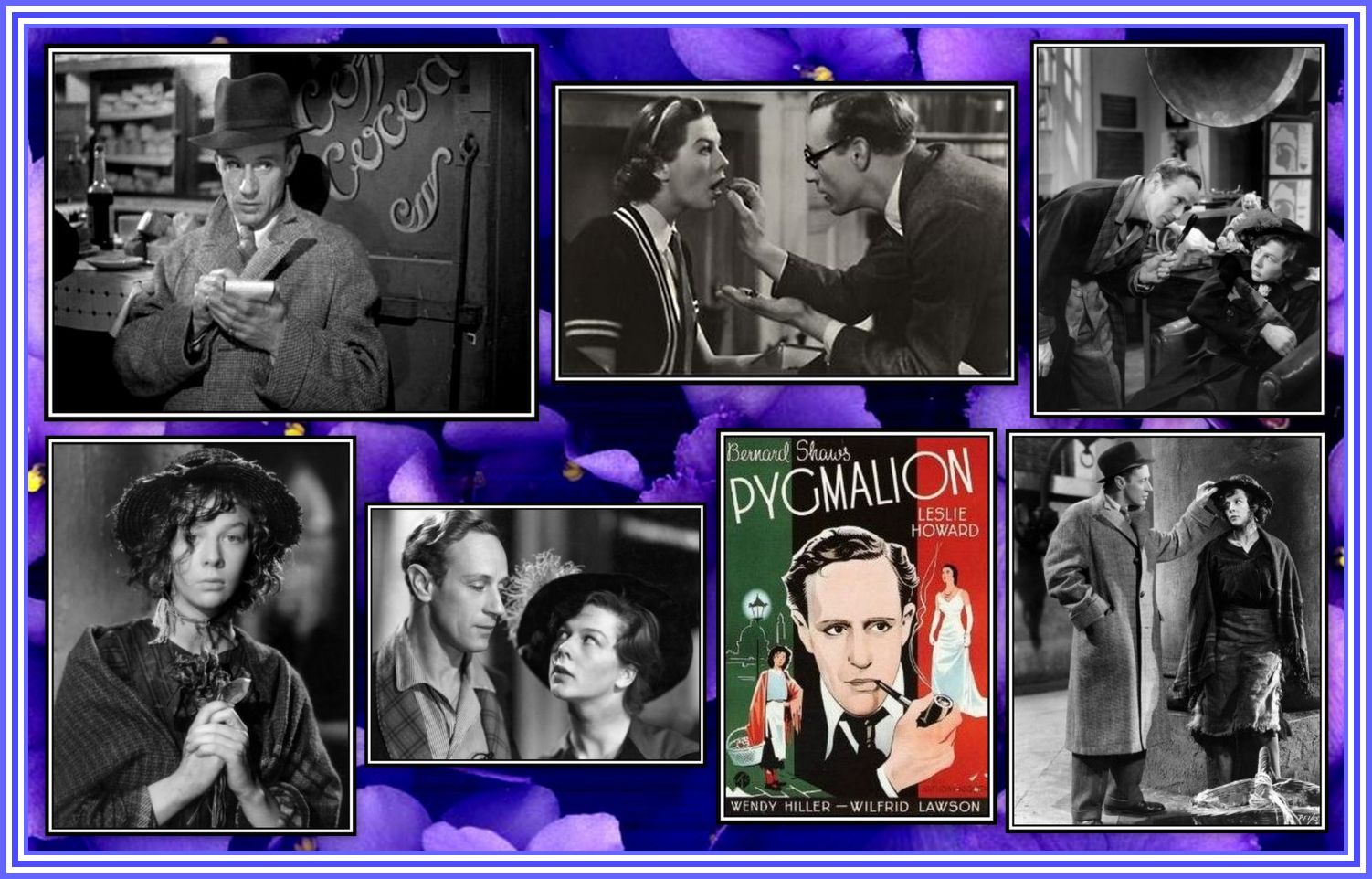 Scenes from the film, Pygmalion (1938), with Wendy Hiller (Eliza Doolittle) & Leslie Howard (Henry Higgins)
Scenes from the film, Pygmalion (1938), with Wendy Hiller (Eliza Doolittle) & Leslie Howard (Henry Higgins)
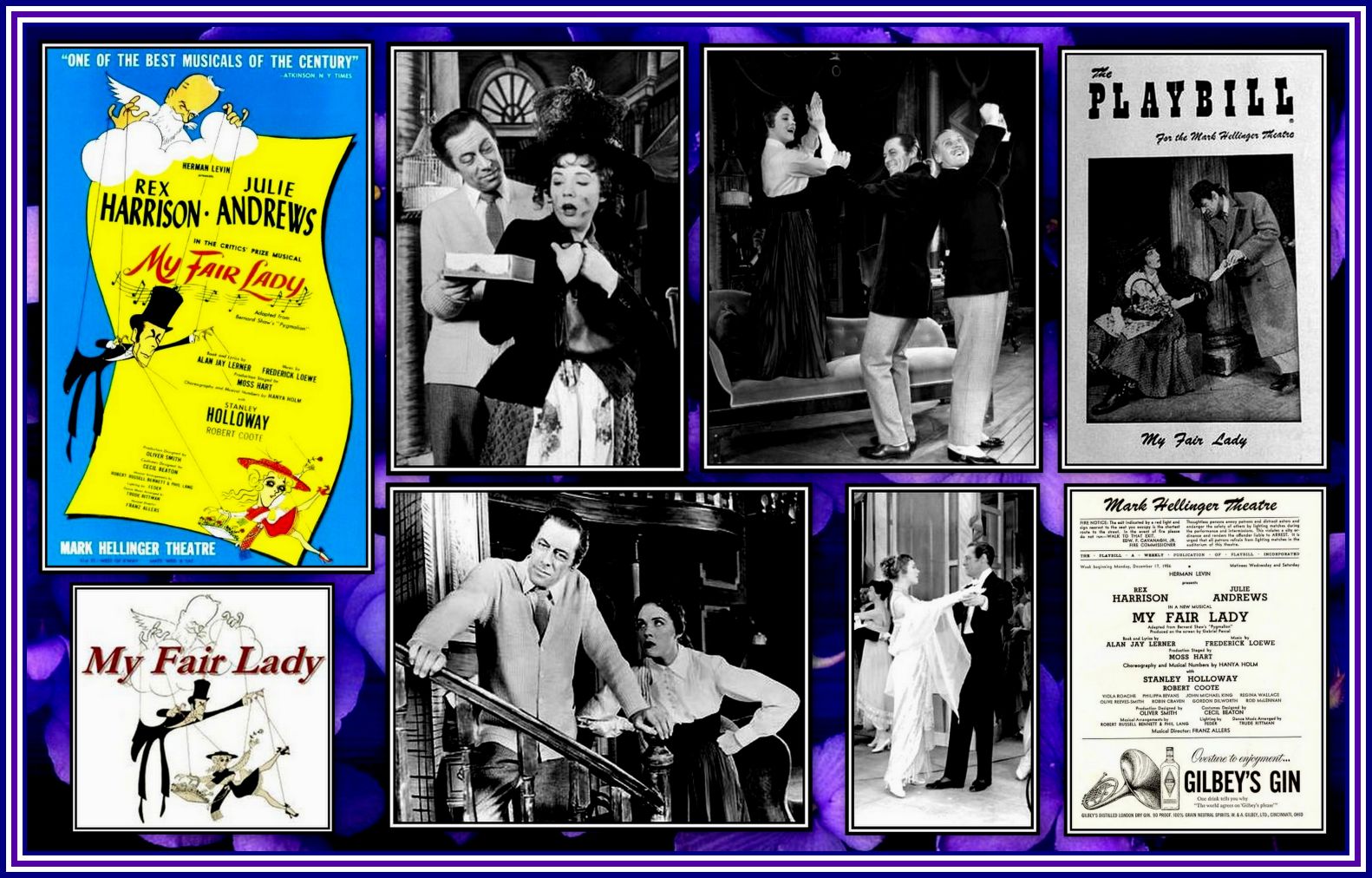 Julie Andrews (Eliza Doolittle) & Rex Harrison (Henry Higgins) in My Fair Lady (the musical version of Pygmalion)
Julie Andrews (Eliza Doolittle) & Rex Harrison (Henry Higgins) in My Fair Lady (the musical version of Pygmalion)
Why can’t the English teach their children how to speak?
 Audrey Hepburn (Eliza Doolittle) & Rex Harrison (Henry Higgins) in the film version of My Fair Lady
Audrey Hepburn (Eliza Doolittle) & Rex Harrison (Henry Higgins) in the film version of My Fair Lady
The Rain in Spain
-oOo-
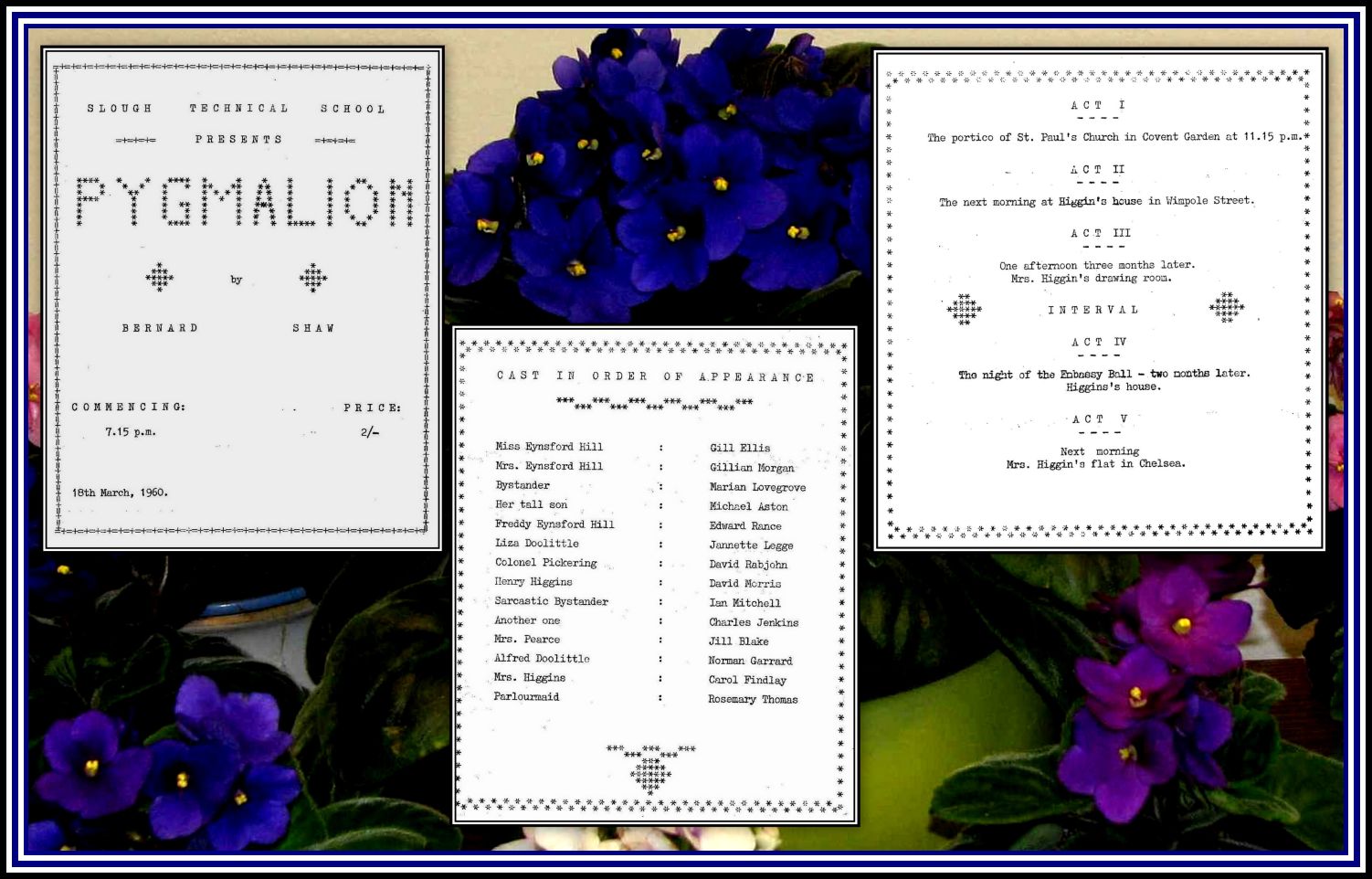 Programme of the 1960 Production of Pygmalion by Students of Slough Technical School
Programme of the 1960 Production of Pygmalion by Students of Slough Technical School
-oOo-
If Eliza Dolittle is the most famous of all fictional flower sellers, the most famous non-fictional flower sellers are those that once sat on the steps before the Statue of Eros (Anteros) atop the Shaftesbury Memorial Fountain that was in the centre of Piccadilly Circus. Following the Second World War, the Fountain and Statue were moved to the Southwestern edge of the Circus. I have always thought that the flower seller heard at the start of the programme, In Town Tonight, was one of these ladies.
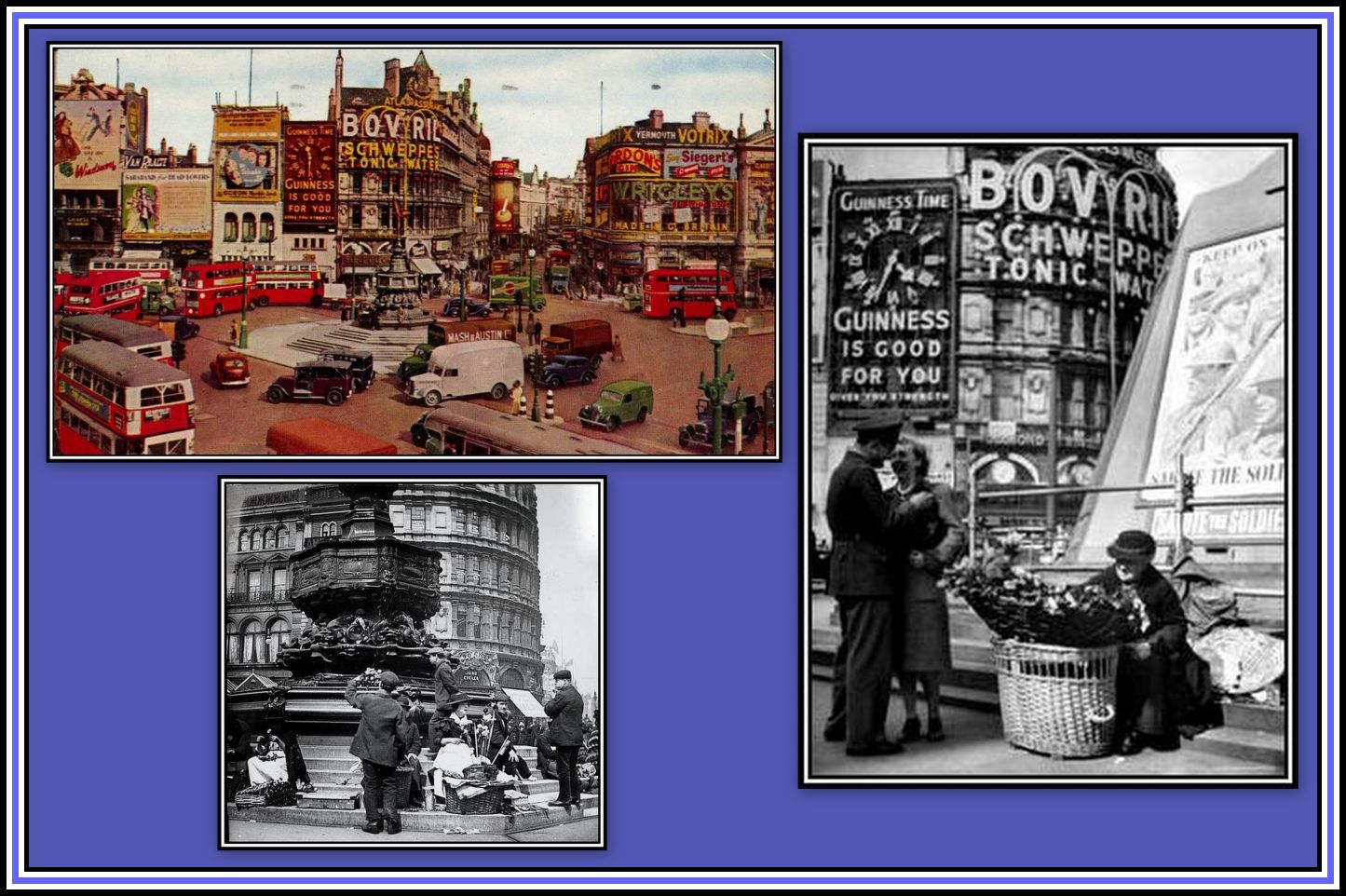 Piccadilly Circus & Its Flower Sellers
Piccadilly Circus & Its Flower Sellers
The flower sellers were once an important symbol of London. They had to be seen by visitors to the City. Piccadilly Circus was once seen at the Centre of the British Empire, and so of the World. It used to be said that if one was to stand at the foot of the fountain, everyone in the world would eventually pass you by. Today, this is often said of standing in Times Square in New York. However, I still think that standing at Piccadilly Circus is the better bet.
 The Shaftesbury Memorial Fountain
The Shaftesbury Memorial Fountain
Grateful thanks to Paul Bland for providing this photograph
-oOo-
Today, one is hard pressed to find a flower seller in London. Nowadays Florists and Internet Services provide anyone old fashioned enough to still want to give their love a nosegay. Occasionally a younger woman might be seen carrying a basket of long stemmed roses and might be allowed into a restaurant, where for an exorbitant sum, a rose might be purchased in place of the traditional posie. But such vendors are not of the old-style variety.
A Frog He Would A-Wooing Go (Click here to read the lyrics)
Froggy Went A-Courting
A more modern version of the nursery rhyme
Today, it is common for many couples to meet through an Online Dating Service. Like spring flowers, relationships blossom and bloom with lightening speed, but can also wither and die as quickly. Today old fashioned courtship seems to be a thing of the past. Does a modern woman ever expect or even hope for a simple flower from a prospective beau? Today we live in a highly motivated and efficient society, right? What time do people have to woo and win the heart of a fair maiden?
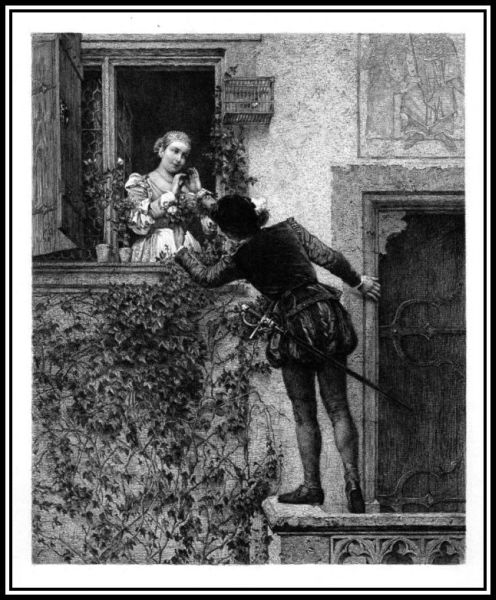 Young Love by Austrian artist Baron Heinrich von Angeli (1840-1925) and was engraved by Ernst Forberg
Young Love by Austrian artist Baron Heinrich von Angeli (1840-1925) and was engraved by Ernst Forberg
Give me a kiss to build a dream on
Even Covent Garden has ceased being the market it once was and its physical presence was moved in 1974 to Nine Elms in south west of London and now goes by the name New Covent Garden Market. Although St. Paul’s Church is still there, I have not seen anyone sheltering from the weather whenever I pass it of late. No, the London flower seller has long since passed into myth and legend.
-oOo-
Mr. Alan Aldridge has kindly sent me a photographs from ca 1917 of his Great Grandmother, Mrs. Rose Aldridge who was a London Flower Seller and of her Certificate allowing her that right.
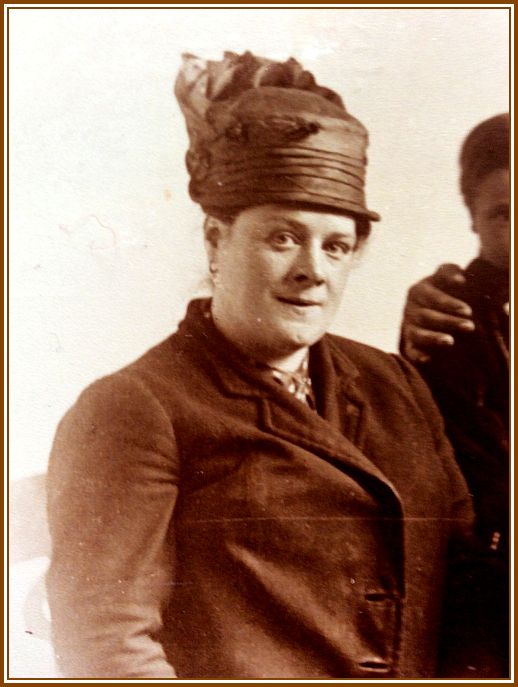
Miss Rose Lyons was born in Holborn and married Mr. Henry Aldridge in 1901 and lived on Field Place, just off The Angel, Islington. Mr. Aldridge says that his Great Grandmother worked most of her life and died 1950s.
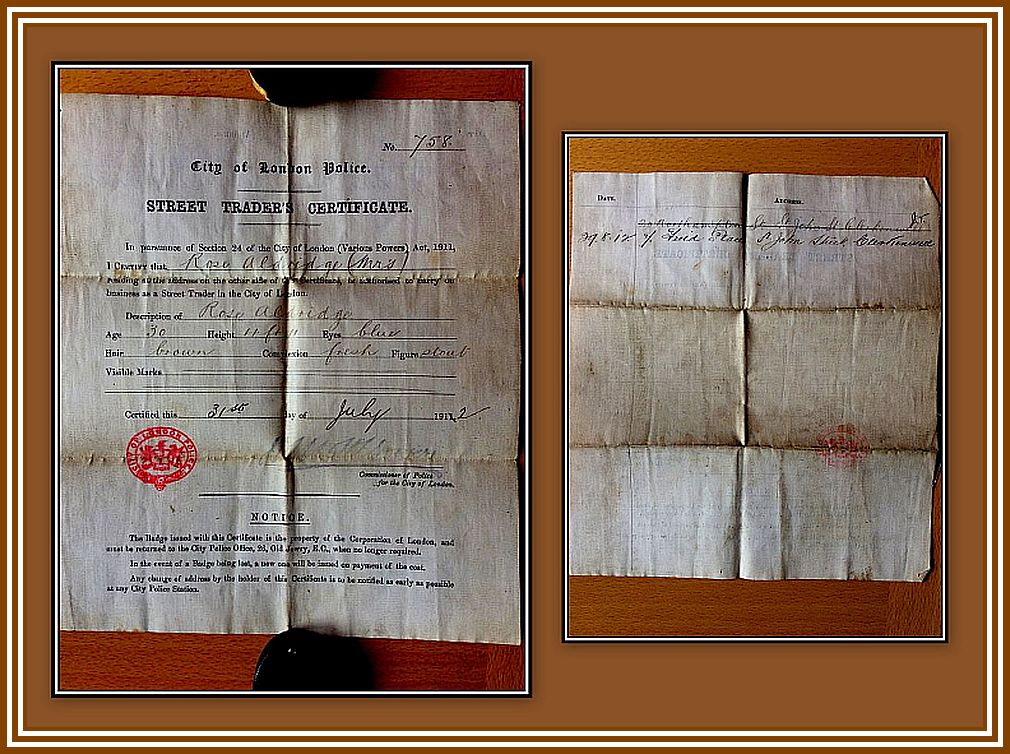 A Copy of Mrs. Aldridge’s Certificate, dated 1912, allowing her to sell Flowers on the London Streets
A Copy of Mrs. Aldridge’s Certificate, dated 1912, allowing her to sell Flowers on the London Streets
-oOo-
——oooOOOooo——
Click here to go to THE TELESCOPE MAN
——oooOOOooo——
Click here to go to BUSH HOUSE
——oooOOOooo——
Click here to go to THE EMBANKMENT
——oooOOOooo——
Click here to RETURN to AN ADDITIONAL SET OF POSTCARDS OF OLD LONDON Home Page
——oooOOOooo——
Click here to RETURN to POSTCARDS FROM OLD LONDON Home Page
——oooOOOooo——
Click here to return to the TABLE OF CONTENTS
——oooOOOooo——


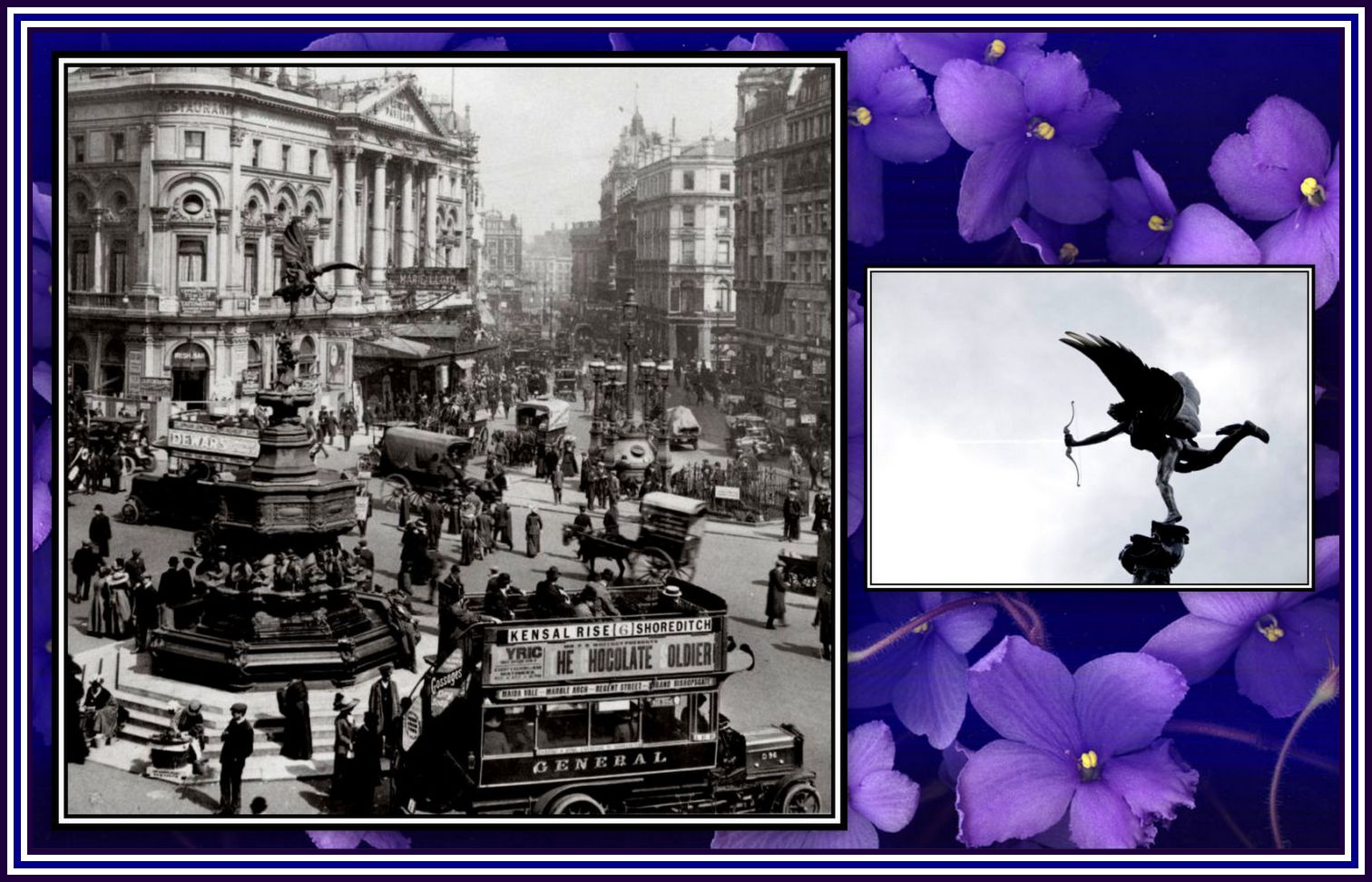
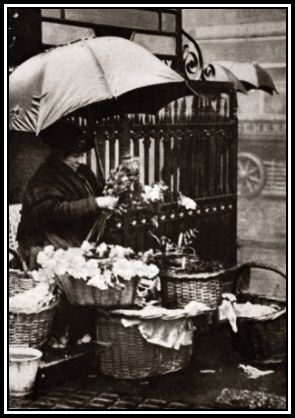
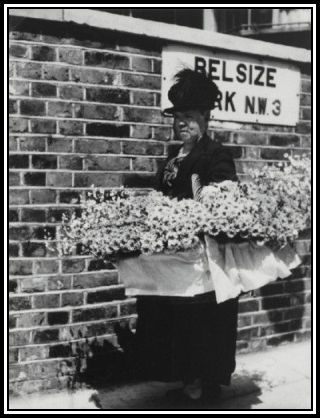
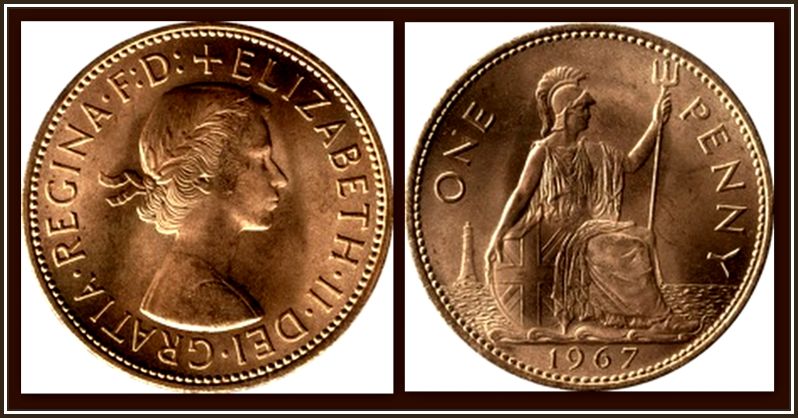

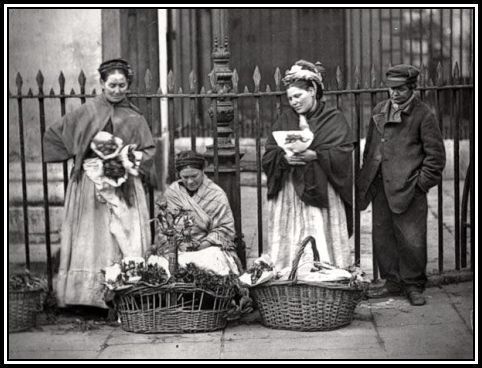
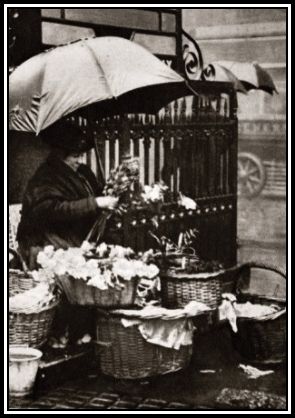
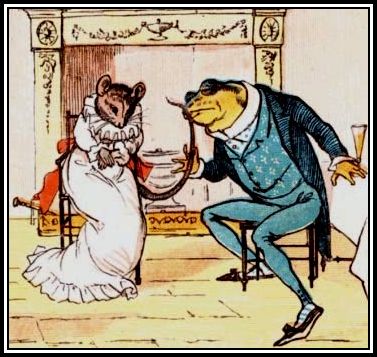
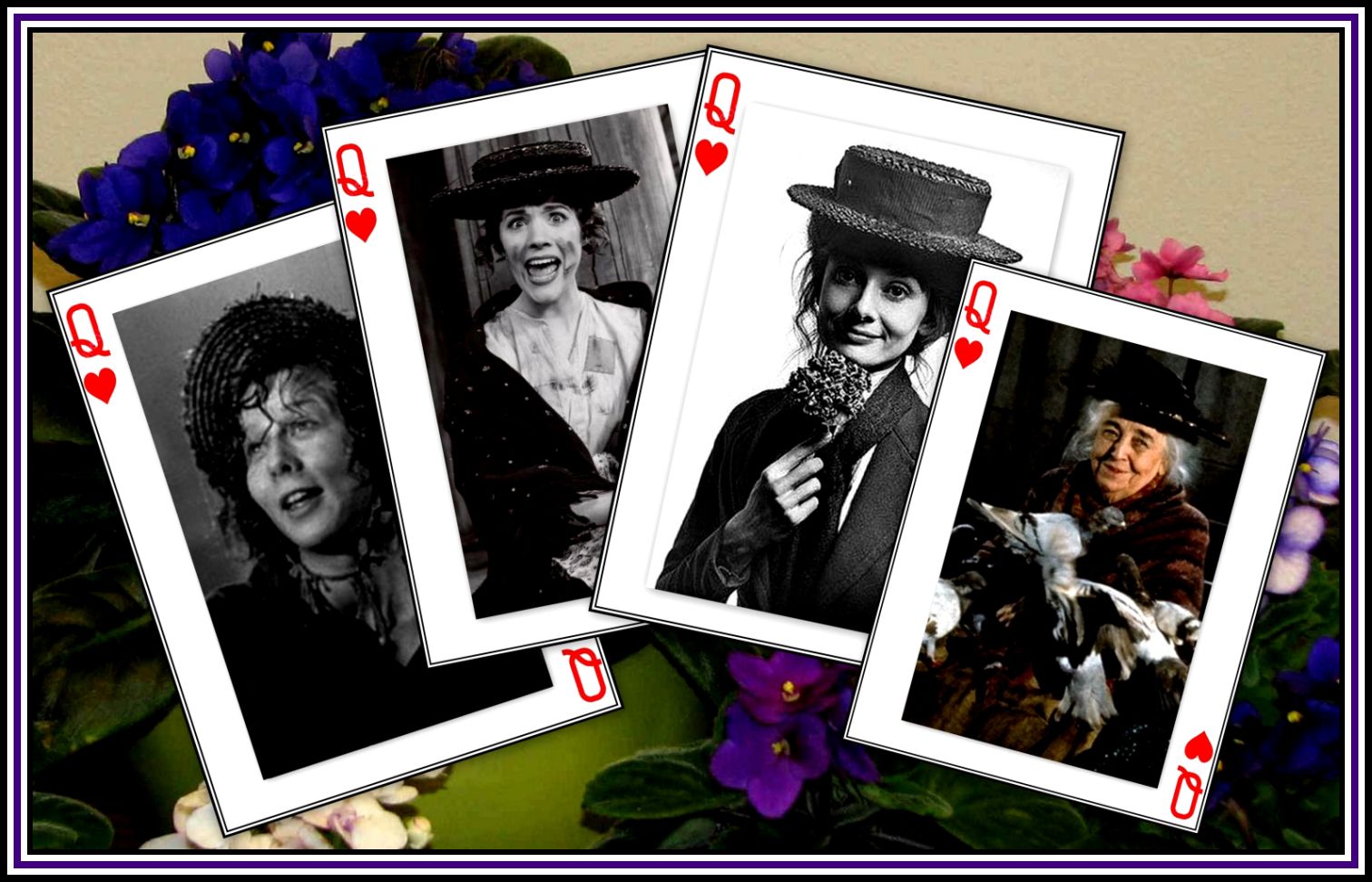
I have enjoyed looking back in the past with your picture post cards. You have highlighted it was hard work to be a ‘flower lady’. Now very commercialized.
The best film production, My Fair Lady with Audrey Hepburn and Rex Harrison.
Whatever century… I feel sure most women appreciate gifts of flowers. Especially Mother’s Day and/or birthdays.
Thank you
You always outdo yourself with collections of photos, postcards, and theatre memorabilia, and the information on Pygmalion is wonderful. I, alas, am almost at the age where I could have seen Mrs. Patrick Campbell on the stage. I do not know where you find the time, but all your readers, I am sure, are so glad that you do.
I remember hearing a more traditional version of “A frog-he would acourting go” as a child on the Argonauts Club music section and enjoying it very much. Thank you for putting up a less modern one.
Looked at your site a nice tribute to old London, my grandmother sold flowers at the Shaftesbury memorial although I don’t nave her photo I do have her flower sellers permit issued by the Metropolitian police.
I tested out as a flower seller in 1988 -I was recruited but I had to show if I could throw my voice… but we got ready in the entrance to a pub and were shown how to get all the posies ready in the big basket and how to hang them around us once we were wearing our dresses.. then we were let out to call people and sell sell sell… I decided my voice wasn’t powerful enough..I am looking for the woman who arranged this -I can see her business card vaguely in my memory her looking up proudly and she had a gap on her teeth… I just cannot recall her name.. can anyone help me?
Claire